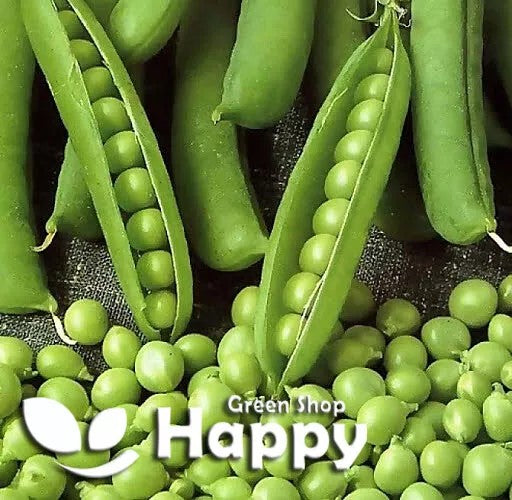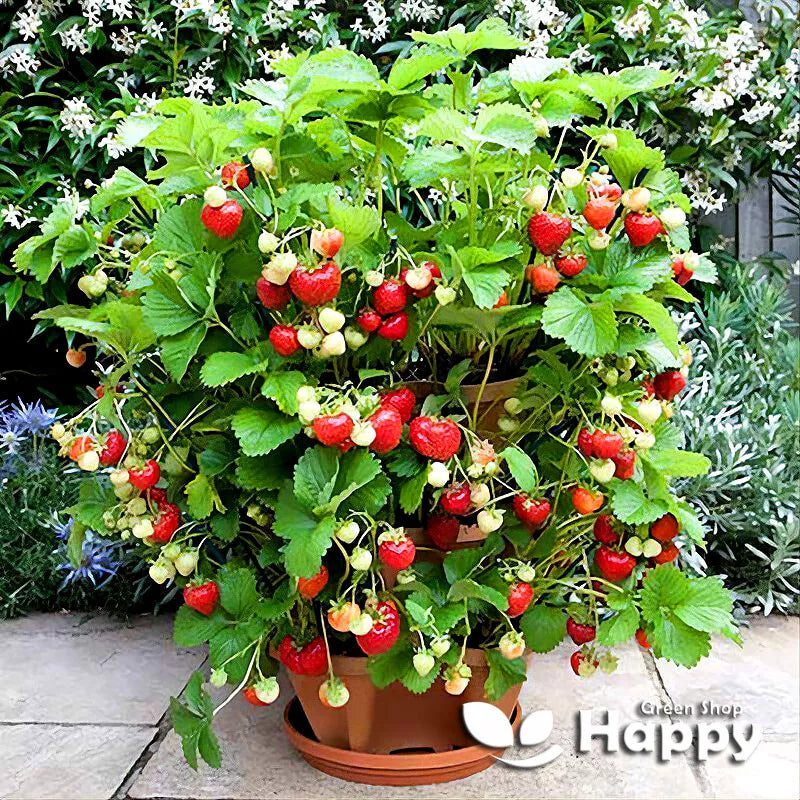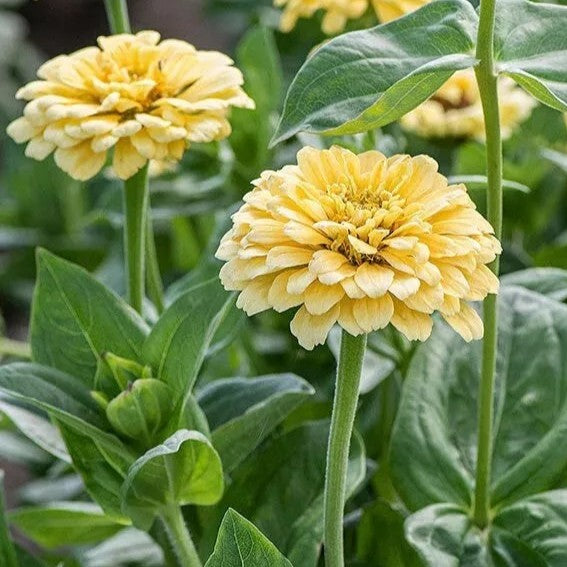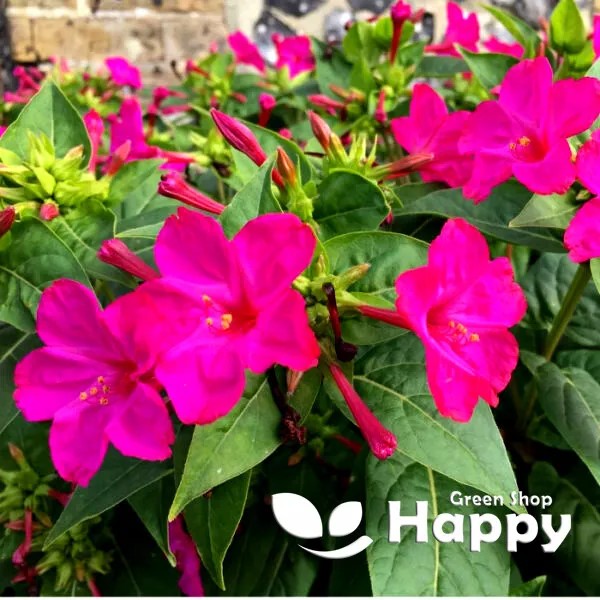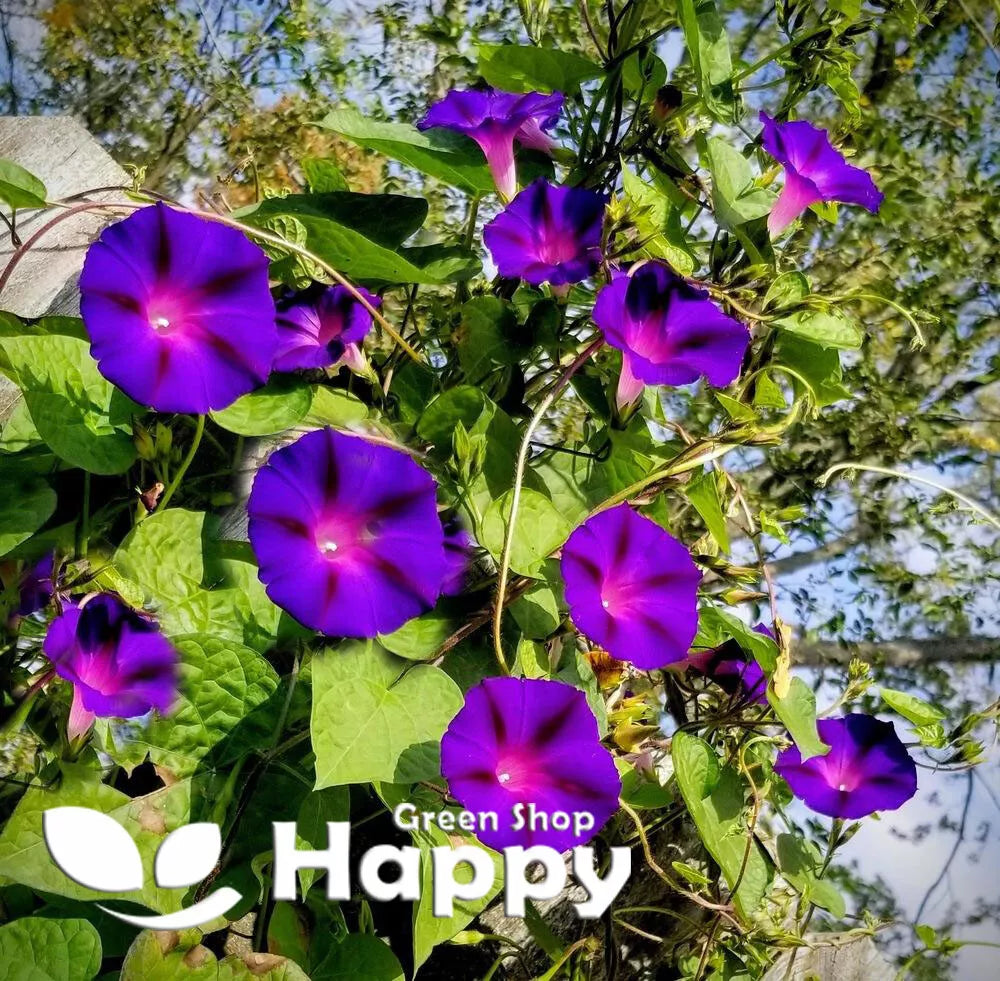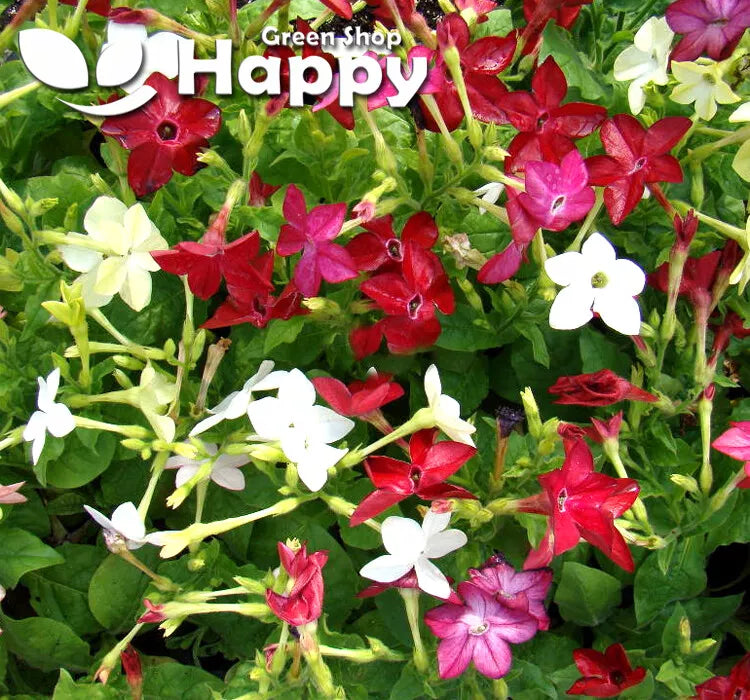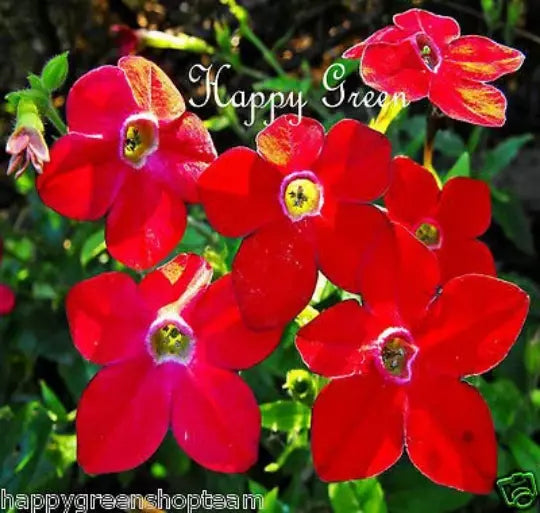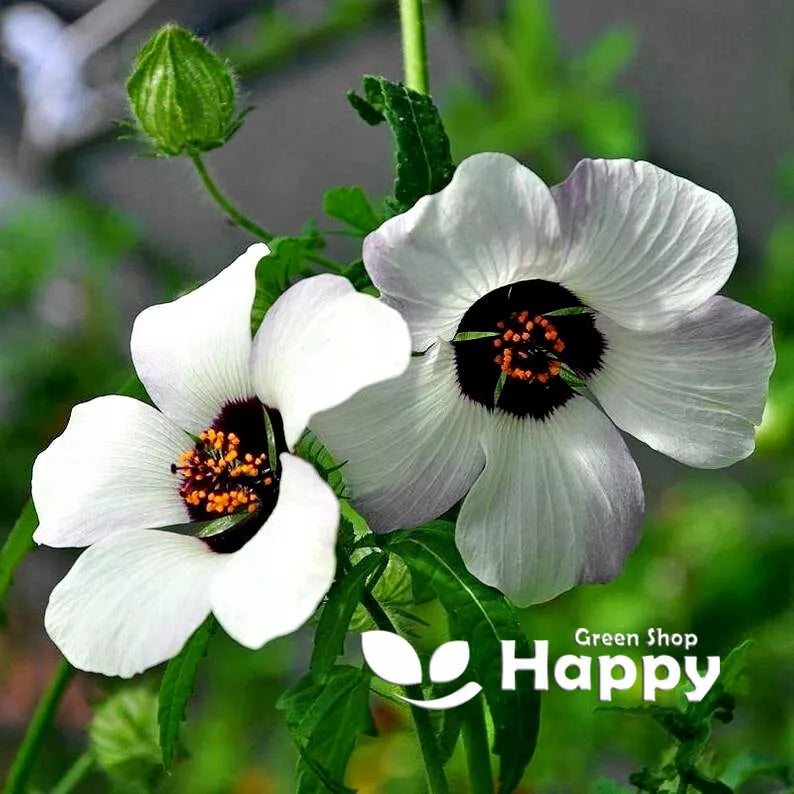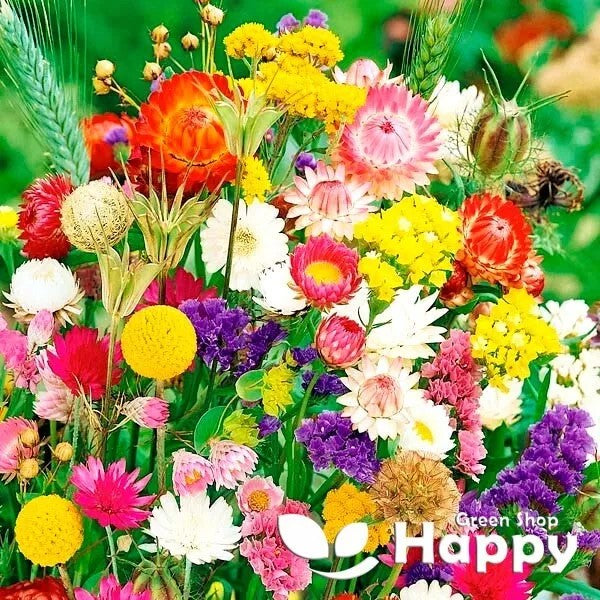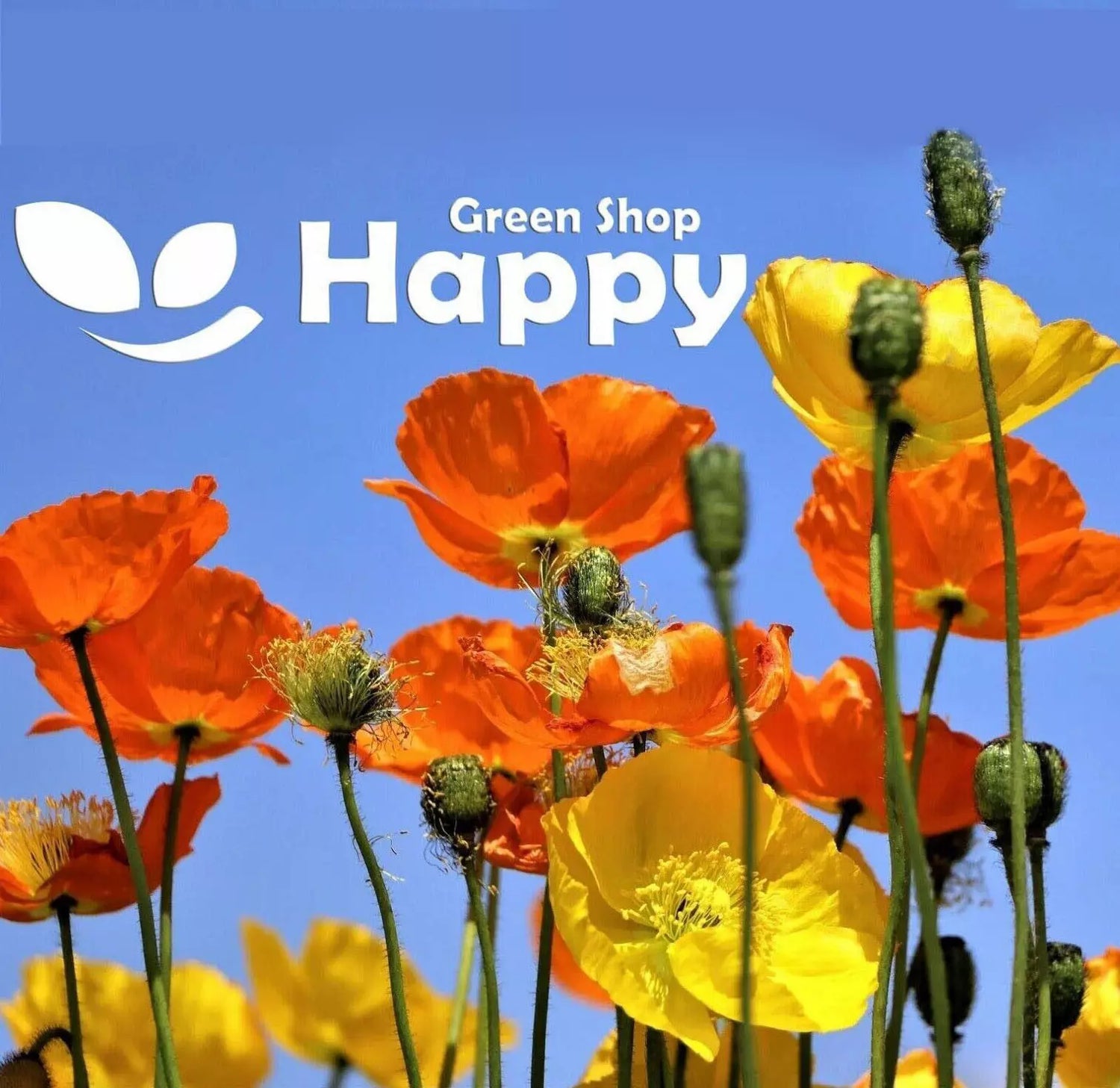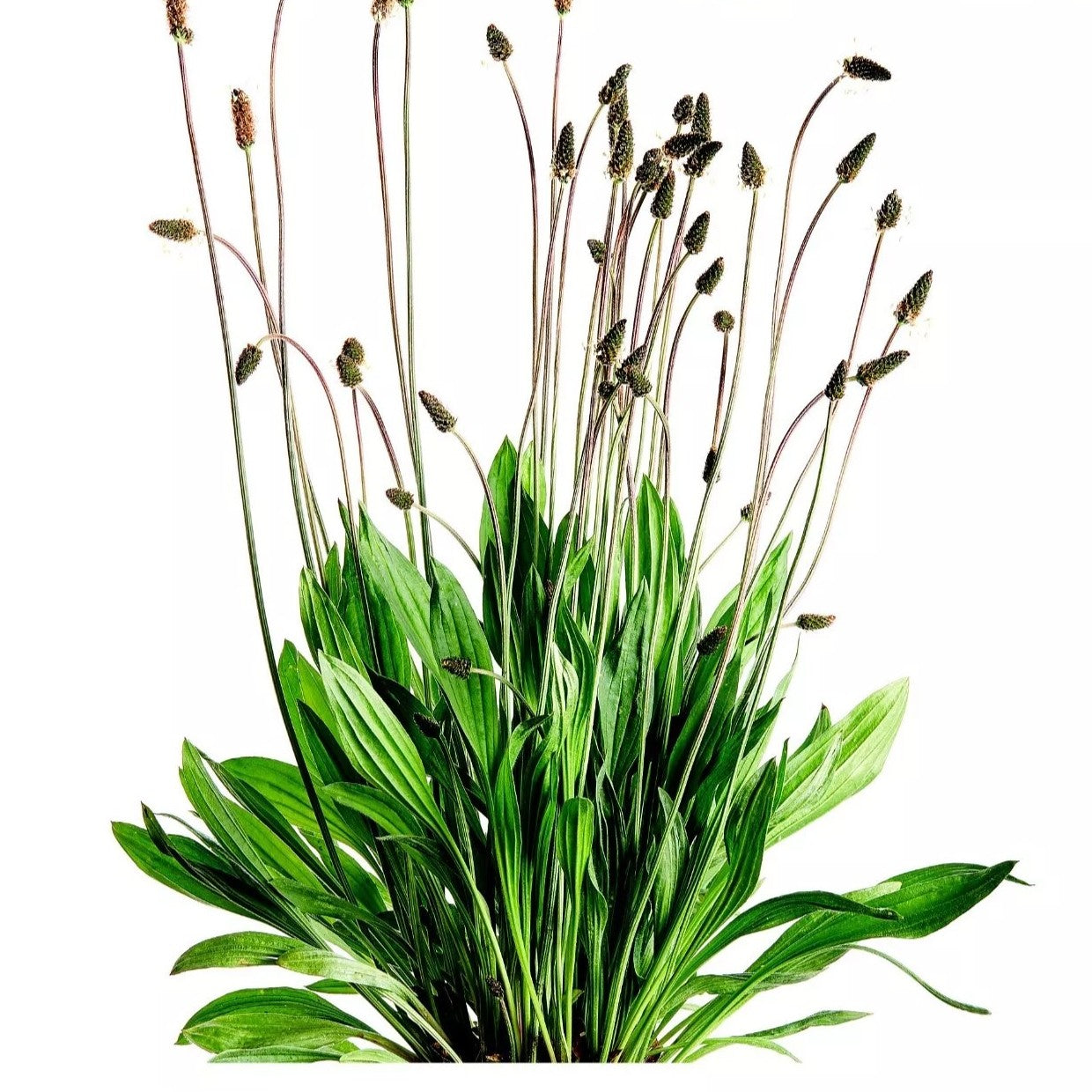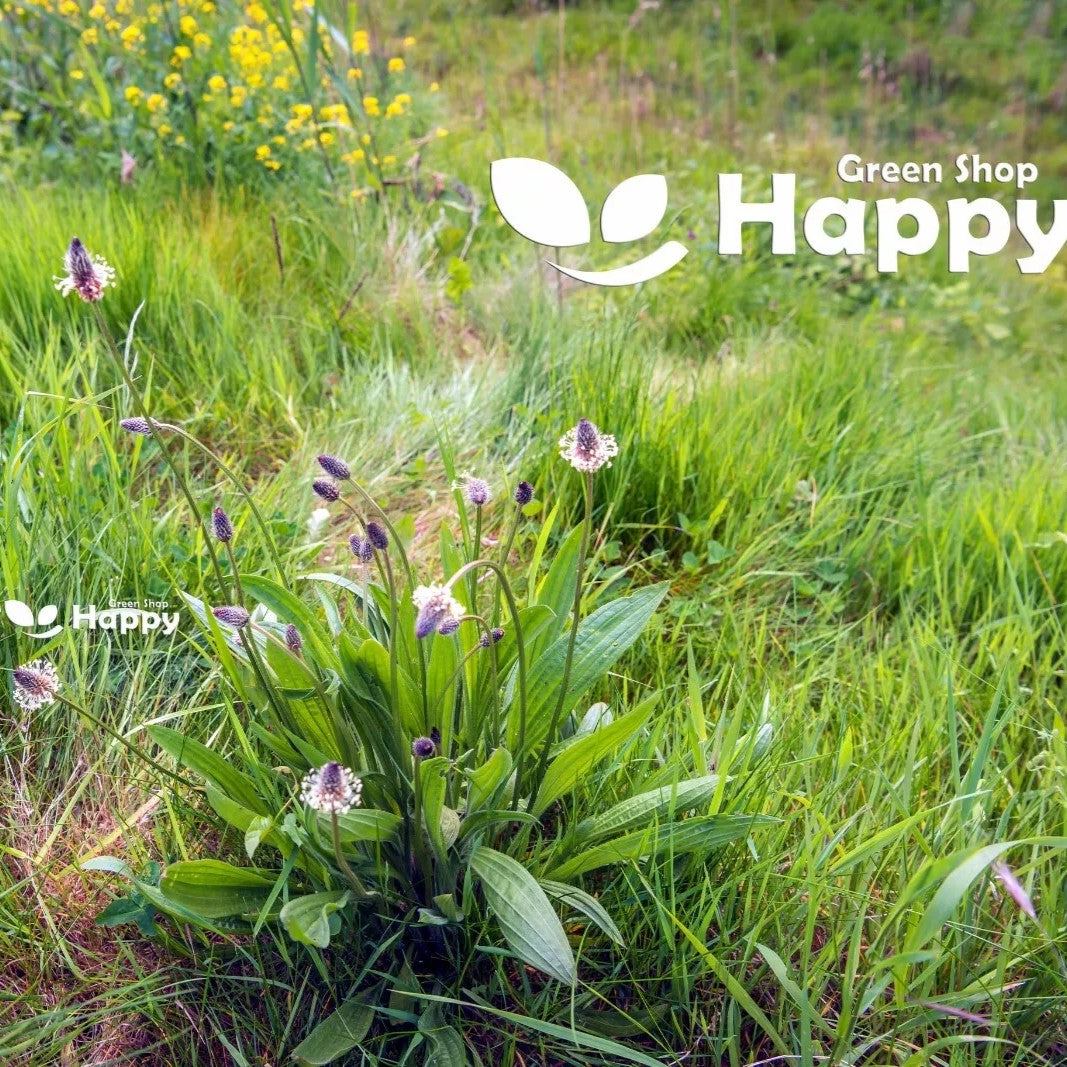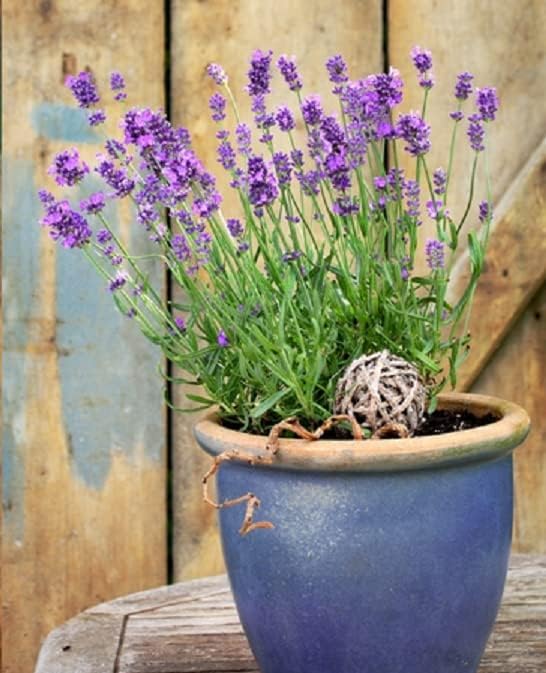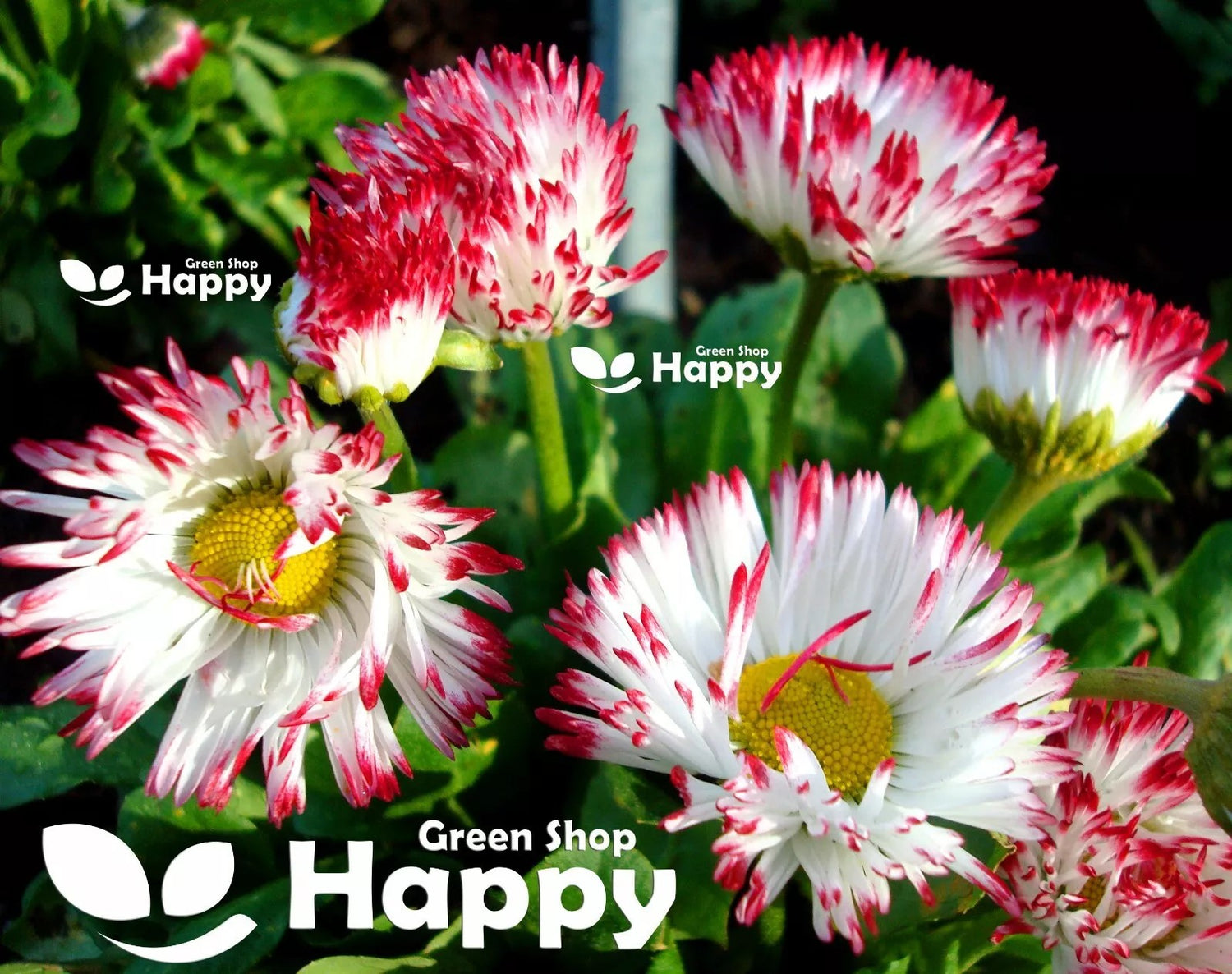Sort by:
326 products
326 products
Four O’clock Flower Violet – Seeds
(Mirabilis jalapa)
The Four O’clock Flower Violet is a charming and fragrant annual that opens its blooms in the late afternoon and evening, releasing a sweet perfume that attracts moths and pollinators. With vibrant violet-purple trumpet-shaped flowers and lush green foliage, this plant is both ornamental and easy to grow. Known for its resilience and ability to thrive in hot, sunny spots, it makes a delightful addition to beds, borders, and containers.
Key Features
-
Type: Half-hardy perennial (grown as annual)
-
Height: 60–90 cm
-
Spread: 30–45 cm
-
Flowering: June–October
-
Position: Full sun to partial shade
-
Soil: Well-drained, moderately fertile
Ideal For
-
Evening fragrance gardens
-
Borders and mixed beds
-
Patio containers
-
Pollinator-friendly planting
Sowing & Growing
-
Sow indoors: March–April, in pots at 18–22°C
-
Sow outdoors: May, after frost has passed
-
Germination: 7–14 days
-
Transplant/Thin: 30–45 cm apart
-
Blooms open in late afternoon and last until morning
Fluorescent Morning Glory ‘Feringa’ – 30 Seeds
(Ipomoea purpurea) – Annual Climber
The Fluorescent Morning Glory ‘Feringa’ is a striking climbing variety with vivid, glowing blooms in shades of intense purple-pink that catch the eye from a distance. With its fast growth and twining habit, it’s ideal for creating living walls, natural screens, or trellis displays. Flowers open in the morning, attracting pollinators, and fade gently by evening.
Key Features
-
Type: Annual climber
-
Height: 200–300 cm
-
Blooming period: July–October
-
Position: Full sun
-
Soil: Well-drained, moderately fertile
Ideal For
-
Trellises, arches, and pergolas
-
Fences and walls
-
Vertical garden displays
-
Pollinator-friendly spaces
Sowing & Growing
-
Soak seeds overnight before sowing for faster germination
-
Sow indoors: April (in pots at 18–22°C)
-
Sow outdoors: May–June, after last frost
-
Sowing depth: 0.5–1 cm
-
Spacing: 25–30 cm apart
-
Support: Provide climbing structures
-
Care: Water regularly; thrives in sunny, sheltered spots
Flowering Tobacco Seeds (Nicotiana alata Grandiflora)
Flowering Tobacco is an elegant annual known for its large, trumpet-shaped, fragrant blooms in a variety of vibrant colors. Its upright, bushy habit makes it ideal for garden beds, borders, and containers. With a long flowering season and enchanting scent, it’s perfect for adding color and fragrance to summer gardens.
What Makes It Special
-
Large, fragrant trumpet-shaped flowers in assorted vibrant colors
-
Upright, bushy growth ideal for borders and containers
-
Long-flowering and easy to grow
-
Attracts pollinators such as bees and butterflies
Key Features
-
Botanical name: Nicotiana alata Grandiflora
-
Variety: Grandiflora
-
Seed count: Approx. seeds per pack
-
Height/Spread: 60–90 cm tall, 30–40 cm spread
-
Position: Full sun to partial shade; fertile, well-drained soil
-
Flowering period: June–September
Ideal For
-
Borders, beds, and mixed plantings
-
Containers, patios, and window boxes
-
Fragrant floral displays and cutting gardens
-
Pollinator-friendly gardens
Sowing Instructions
-
When to sow: February–April indoors; March–May outdoors
-
How to sow:
-
Sow seeds on the surface of moist seed compost and press lightly; do not cover
-
Germination occurs in 10–14 days at 18–22°C
-
-
Transplanting: Plant seedlings outdoors 30–40 cm apart after frost
-
Care: Water moderately; deadhead faded flowers to encourage continuous blooming
Flower-of-an-Hour – Seeds (Hibiscus trionum)
Flower-of-an-Hour (Hibiscus trionum) is an eye-catching annual known for its delicate, pale yellow flowers with deep maroon centers that open in the morning and fade by evening. Blooming from summer to early autumn, this compact plant adds charm to borders, containers, and cottage-style gardens. Easy to grow and drought-tolerant once established, it attracts pollinators while providing fleeting, yet memorable, blooms that brighten any garden.
Why Grow "Flower-of-an-Hour"
-
Pale yellow flowers with striking maroon centers
-
Blooms open in the morning and fade by evening
-
Compact, drought-tolerant, and easy-to-grow
-
Attracts bees, butterflies, and other pollinators
Key Features
-
Type: Annual (Hibiscus trionum)
-
Height: 30–50 cm
-
Flowering: Summer to early autumn
-
Position: Full sun
-
Uses: Borders, containers, cottage gardens, pollinator-friendly gardens
Ideal For
-
Cottage-style and naturalistic gardens
-
Borders, containers, and small spaces
-
Pollinator-friendly garden designs
-
Gardens with morning bloom interest
Sowing & Growing
-
Sow indoors: February–April in trays or pots
-
Sow outdoors: April–May after frost
-
Germination: 7–14 days at 18–22°C
-
Thin seedlings 25–30 cm apart
-
Prefers well-drained soil in full sun
Everlasting Flower Mix Seeds – Perfect for Dried Bouquets
Create beautiful, long-lasting arrangements with this Everlasting Flower Mix, specially selected for their vivid colors and excellent drying qualities. These annuals produce a stunning blend of blooms ideal for fresh borders in summer and for drying into bouquets, wreaths, and crafts that hold their color all year.
What Makes It Special
-
A colorful mix of traditional dried flowers
-
Perfect for bouquets, wreaths, and crafts
-
Easy to grow, long-lasting blooms
Key Features
-
Type: Hardy annual mix
-
Height: 40–80 cm (varied by species)
-
Flowering: June–September
-
Uses: Fresh borders, dried arrangements, cut flowers
Sowing & Growing
-
Sow indoors: March–April
-
Sow outdoors: April–May, after frost danger passes
-
Prefers full sun and well-drained soil
-
Cut flowers just before fully open for best drying results
Drying Tip
Hang bunches upside down in a dark, dry, well-ventilated area to preserve color and shape.
English Poppy ‘Shirley’ Mix – Seeds (Papaver rhoeas)
A timeless cottage garden favorite, English Poppy ‘Shirley’ Mix produces masses of delicate, tissue-paper blooms in shades of red, pink, white, and soft bicolors. Graceful and airy, they sway beautifully in the breeze, adding charm to borders, meadows, and wildflower plantings.
What Makes It Special
-
Romantic, old-fashioned blooms in pastel and vivid tones
-
Attracts bees, butterflies, and other pollinators
-
Easy to grow directly in the garden
Key Features
-
Height: 60–75 cm
-
Annual, quick-flowering
-
Self-seeds for natural drifts year after year
-
Perfect for cutting gardens and wildflower meadows
Ideal For
-
Cottage gardens and borders
-
Wildflower plantings and meadows
-
Cutting for informal bouquets
Sowing
-
Sow outdoors Mar–May or Aug–Oct directly into prepared soil
-
Scatter seeds thinly, lightly cover with soil
-
Keep soil moist until germination (10–20 days)
-
Thin to 20–25 cm apart for best displays
English Plantain – Seeds (Plantago lanceolata)
English Plantain is a hardy perennial herb valued for its medicinal properties and ecological benefits. Known for its narrow, lance-shaped leaves, it is often used in herbal remedies, teas, and natural skincare preparations. English Plantain is also a beneficial plant for pollinators and soil health, making it perfect for ecological or medicinal gardens.
This low-maintenance plant thrives in a variety of soils and conditions, returning year after year with minimal care.
How to Grow
-
Sow outdoors: March – May
-
Plant spacing: 20–25 cm between plants
-
Position: Full sun to partial shade
-
Soil: Well-drained, moderately fertile soil
-
Care: Minimal maintenance; water during dry periods; remove weeds to prevent competition
Key Features
-
Hardy perennial with lance-shaped leaves
-
Medicinal uses for teas, herbal remedies, and skincare
-
Low-maintenance and drought-tolerant
-
Supports pollinators and improves soil health
-
Suitable for ecological, medicinal, or wildflower gardens
Harvest
-
Harvesting period: 60–90 days after sowing
-
Leaves can be harvested as needed; best used when young and tender.
Short Tip
Sow in well-drained soil and allow natural self-seeding to create a sustainable, low-maintenance plant patch.
English Lavender Seeds (Lavandula angustifolia)
A classic perennial, English Lavender produces fragrant spikes of purple flowers above aromatic silver-green foliage. Hardy and long-flowering, it’s perfect for borders, cottage gardens, and containers, attracting bees and butterflies while adding scent, color, and texture to any garden.
What Makes It Special
-
Fragrant purple flower spikes with aromatic foliage
-
Hardy, long-flowering, and drought-tolerant
-
Attracts pollinators, supporting bees and butterflies
Key Features
-
Botanical name: Lavandula angustifolia
-
Hardy perennial
-
Height: 30–60 cm (12–24 in)
-
Bloom time: Summer
Ideal For
-
Borders, cottage gardens, and rock gardens
-
Containers, pots, and low-maintenance garden designs
-
Pollinator-friendly and aromatic garden plantings
Sowing
-
Sow indoors Feb–Apr or outdoors Mar–May
-
Cover lightly with soil and keep moist
-
Germination: 14–28 days at 15–20°C
-
Thin seedlings 25–30 cm apart
-
Flowers the first or second season after sowing
English Daisy Mix Seeds (Bellis Perennis Monstrosa)
A classic cottage garden favorite, English Daisy Mix produces charming button-like blooms in shades of white, pink, and red. Compact and easy to grow, these low-maintenance flowers are perfect for borders, containers, and pollinator-friendly gardens.
What Makes It Special
-
Bright, cheerful spring color in a mix of shades
-
Compact growth, ideal for edging and small spaces
-
Long-lasting blooms loved by bees and butterflies
Key Features
-
Botanical name: Bellis Perennis Monstrosa
-
Hardy perennial (often grown as biennial)
-
Height: 10–15 cm (4–6 in)
-
Bloom time: Early spring to summer
Ideal For
-
Borders, edging, and pathways
-
Containers and pots
-
Cottage and wildlife gardens
Sowing
-
Sow indoors Feb–Apr or outdoors May–Jul
-
Surface sow onto moist soil, press lightly (needs light to germinate)
-
Germination: 14–21 days at 15–20°C
-
Transplant when large enough, spacing 15 cm apart
-
Flowers the following spring and summer
Showing 207/326

